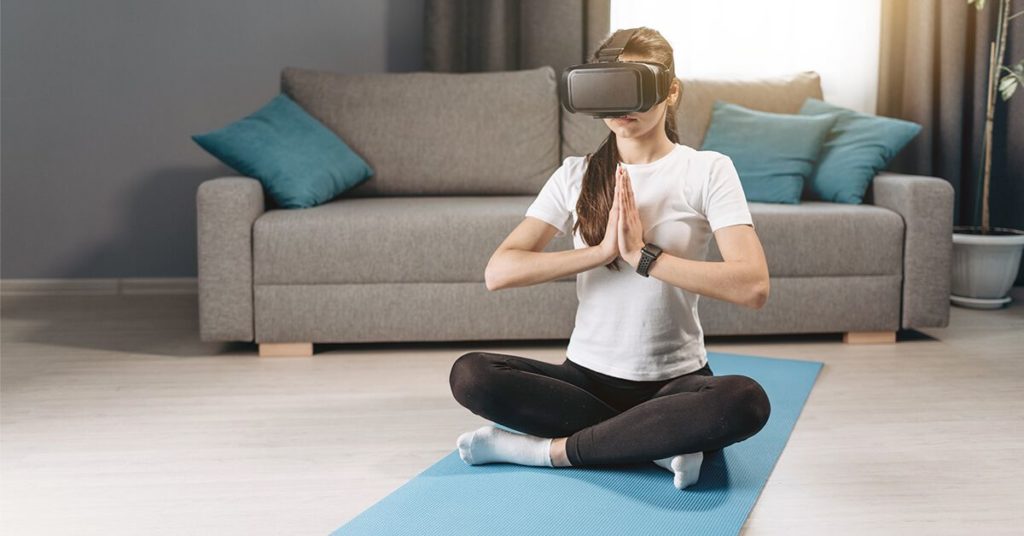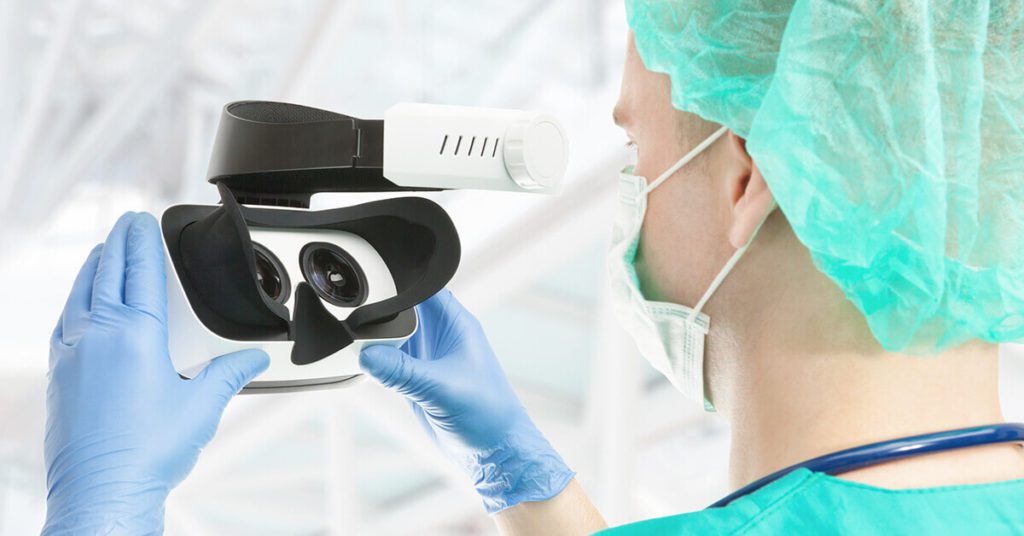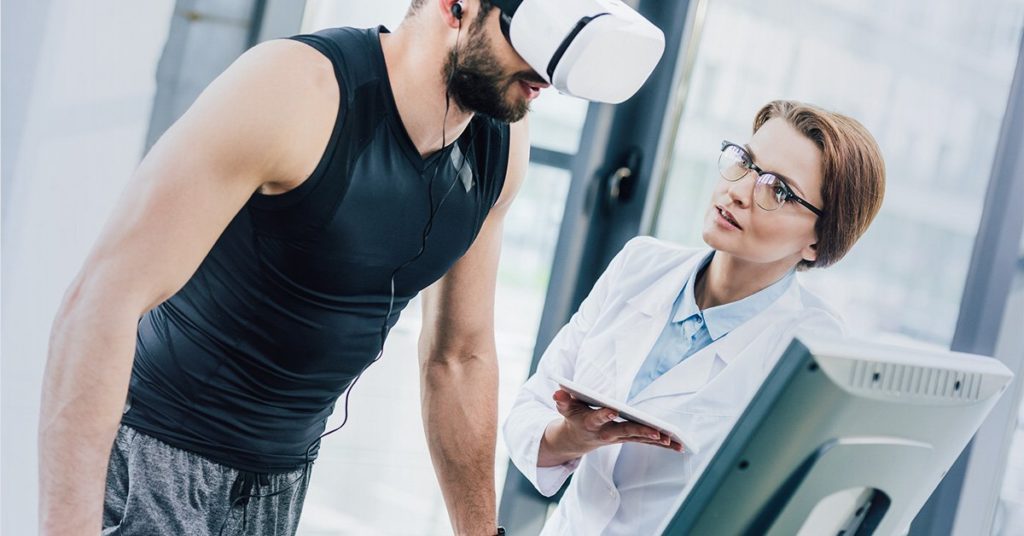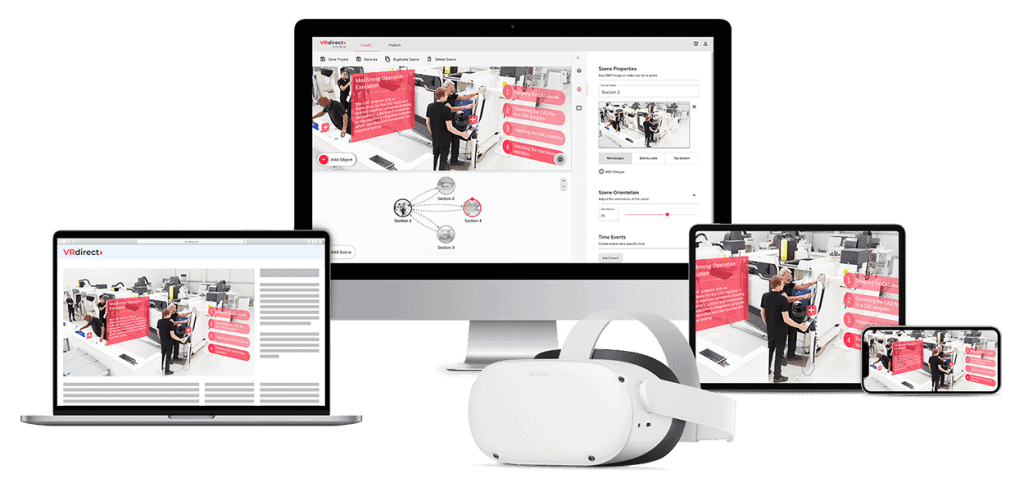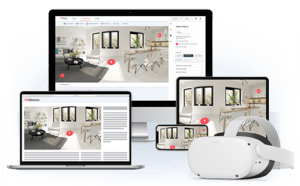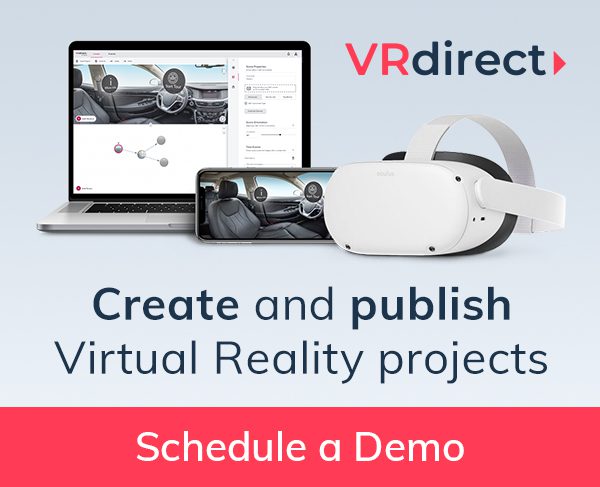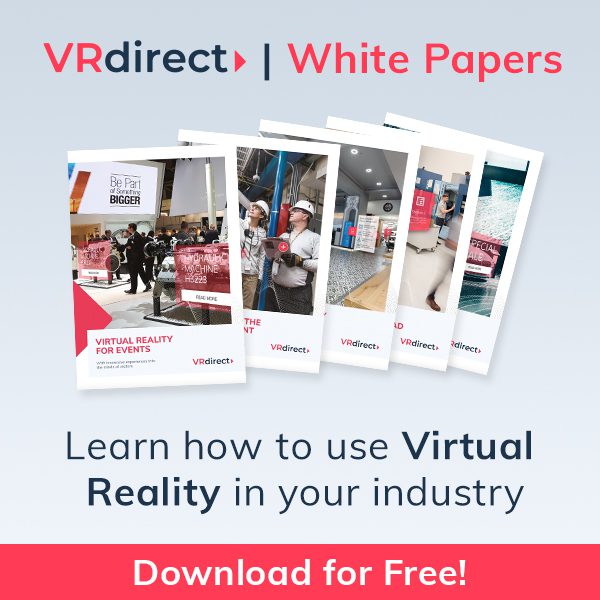Our healthcare system has never been pit against an enemy such as Covid 19, forcing us to look for innovative solutions that make global healthcare more flexible and future-ready for such disruptions.
Global Healthcare is turning to Virtual Reality, which certainly makes for a lucrative prospect for the future. It is helping in better preparing our healthcare systems for pandemics and global health crises, such as the one we face now. And while other industries are jumping on the VR wagon, hospitals, medical institutions, and healthcare tech companies are adapting to VR space equally well.
Key Trends emerging in VR Healthcare today
- With movement restrained, we can see a surge in online consultations globally. Most technological savvy countries have managed to curb the impact of the pandemic with the help of private healthcare companies and service providers jumping to the fore, facilitating tests, consultations and medicines online.
- Governments use the internet to keep their citizens informed and connected to healthcare updates, such as registration for Covid vaccines, reforms, and updates.
- With people more aware of the health-related issues today, ‘prevention before treatment’ is the approach prevailing across nations.
- There is a growing need for evidence-based medical information curated in an entertaining, multisensorial fashion.
This global demand for medical needs over the internet sets the stage for Virtual Reality to step up and claim what has been long pending – a completely immersive, sensitive VR healthcare experience.

Virtual Reality in Healthcare
Benefits:
- lowering medical costs
- helping navigate traumatic events
- improving outcomes exponentially
VR healthcare also helps …
- increase memorability by creating more impactful visual experiences
- reduces fear & stress
- eliminates the risk factor
The Key Applications of Virtual Reality in Healthcare
The Healthcare sector is one of the early adopters of VR and is making the most out of it. The launch of Oculus Rift and HTC Vive has further augmented the usage of Virtual Reality in healthcare. There is a growing number of doctors who are turning to VR for treatments for phobia, surgery simulations, skills training, etc.
1. Patient education and information:
2. Enhance patient experience
3. Medical Education
4. Treating Mental Health Issues
Treating anxiety, panic attacks, and other mind-related issues such as phobias using VRET or Virtual Reality Exposure Therapy is another use case. The patients are immersed in a safe and controlled environment and confronted with their fears recreated virtually. In more complicated situations such as PTSD, the VERT technology has yielded positive results, giving patients another chance at life. Read our article about Mental Wellness Through Virtual Reality Therapy.
5. VR-Enabled Virtual Clinics
6. VR in Medical lectures and conferences
Medical conferences can be long and some – very long. On a serious note, with virtual conferencing already facing challenges such as audience retention and human participation, VR can come in here to save the day. With a VR-enabled immersive 3D experience, the audience can be taken on a roller coaster ride and make such events more memorable. For example, now it is possible to take the user within the human anatomy for more three-dimensional visual learning.
7. Virtual Reality in Surgery
Virtual Reality in surgery is steadily becoming the gold standard in Healthcare. Many surgeons and students are currently using VR headsets and haptic gloves to imitate real-life surgical procedures. It not only reduces the time and risk associated with the surgery complications but has improved efficiency and accuracy in the operating rooms significantly. Here is an interesting case study on Virtual Reality in surgery for more in-depth understanding.
As VR tech and devices become cheaper and accessible worldwide, such conferences and meetings may even be a preferred medium over the current event formats.
VRdirect: Simplifying VR Healthcare
VRdirect, by far, is the easiest solution for companies to create and distribute Virtual Reality projects without having any previous complex coding skills. Be it a hospital, individual practitioners, or even medical colleges, they all can import their 3D models into more immersive VR environments easily. And this ease of publishing applications on a multitude of devices simultaneously makes VRdirect, an ideal and hassle-free solution for a reliable VR upgrade.
How does VRdirect work?
VRdirect platform offers a simple interface and quick-to-use features such as drag and drops to publish Virtual Reality projects. It uses 360° content for background visuals and allows importing 3D models into 360° scenes, enabling easy to navigate VR experience using the VRdirect platform.
Apart from training and recruiting employees, VRdirect enables companies to use Virtual Reality for their unique projects. For example, a Munich-based company recreated human anatomy in 3D using the VRdirect platform, allowing users to embark on a journey within their bodies.
VR tech propels the healthcare sector to fulfill the promise of a better, healthier world, but there is still time until we fully harness the power of VR tech and its limitless possibilities. Nonetheless, a long exciting journey lies ahead of us in the form of Virtual Reality.
